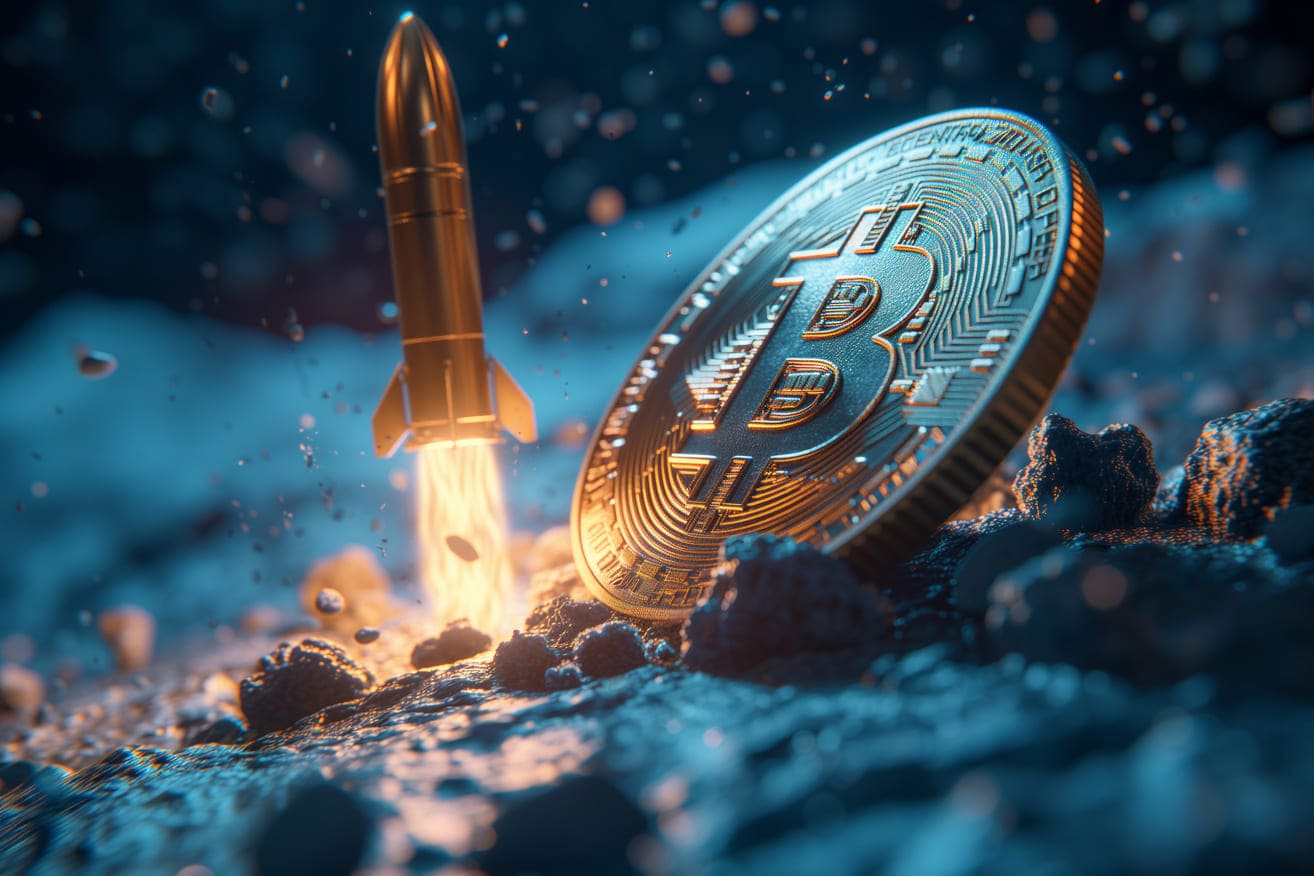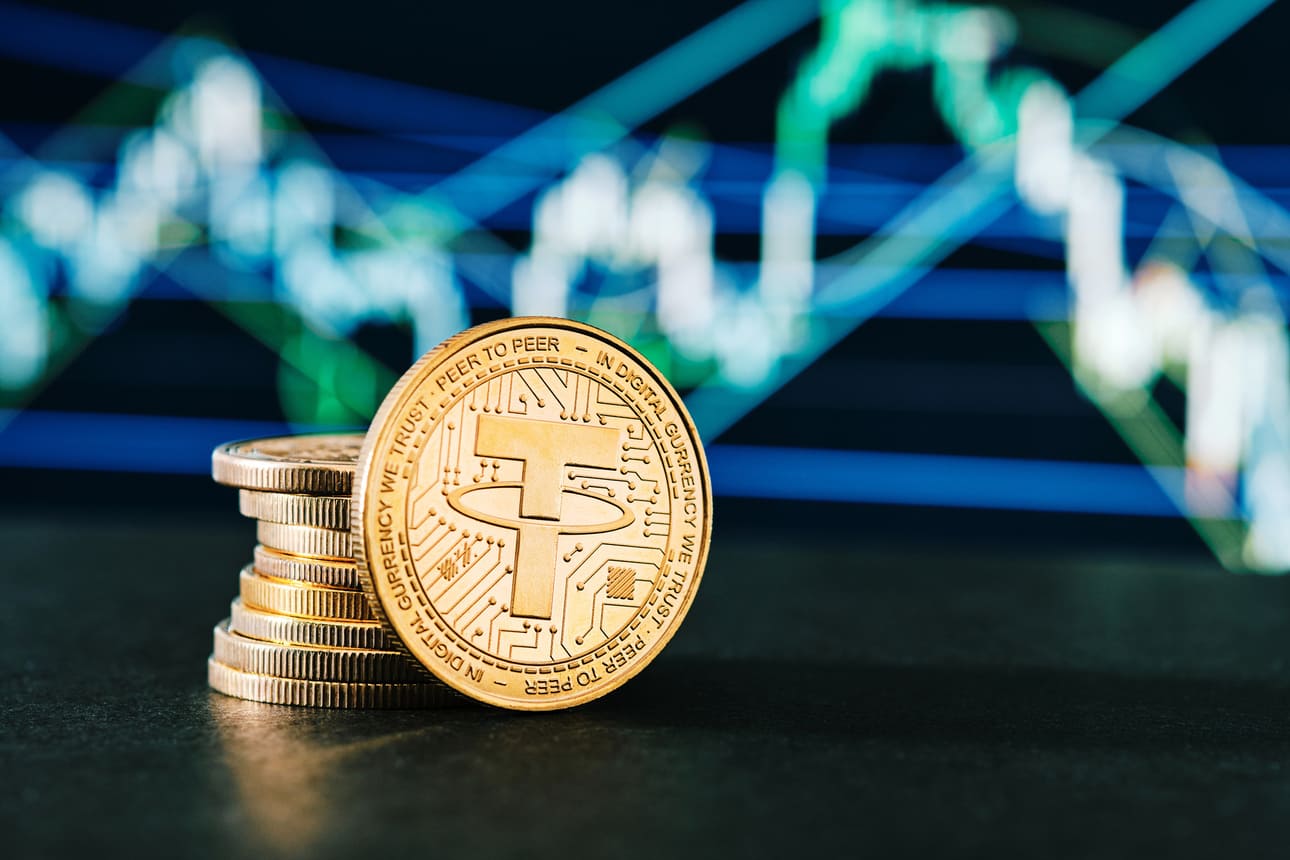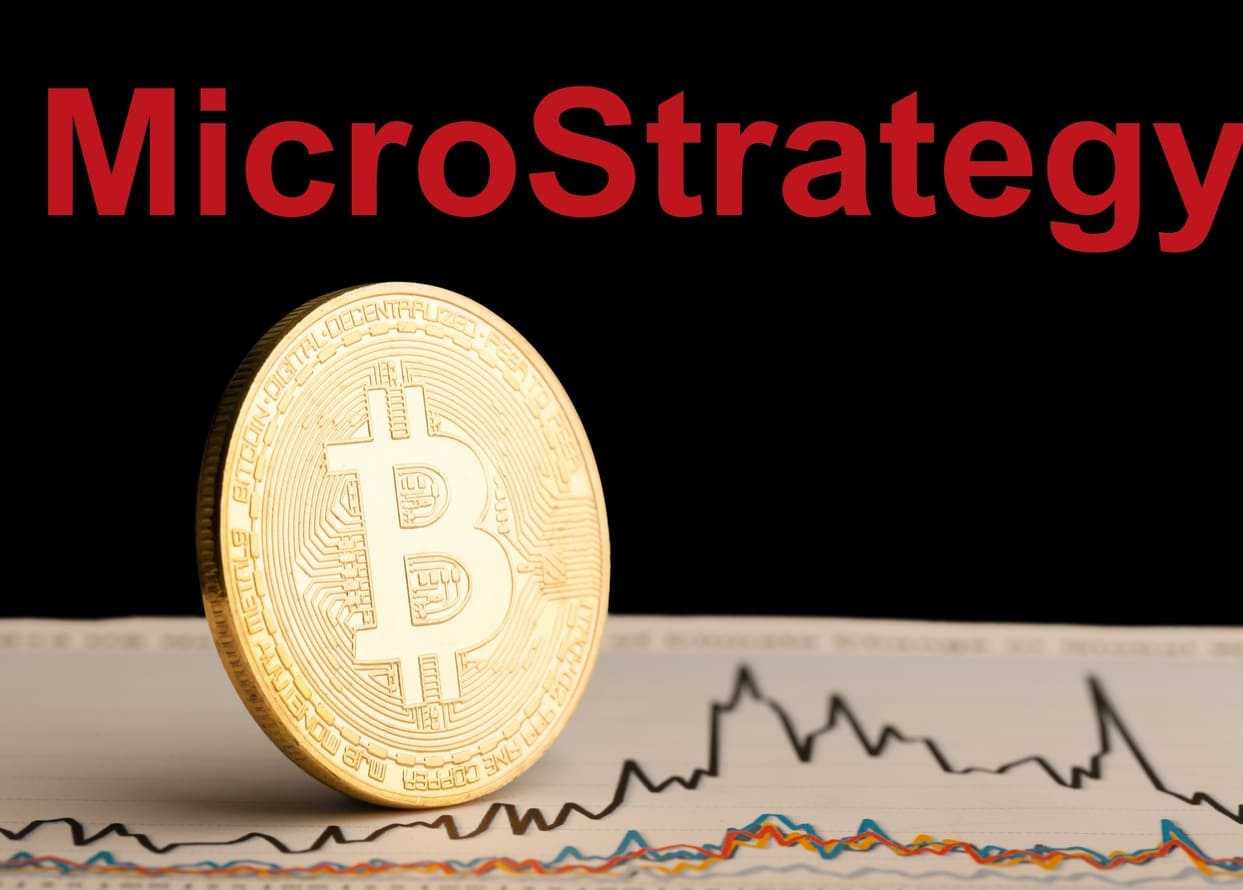
Bitcoin halving could challenge miners with lower rewards and higher costs, JPMorgan analysts say
Miners with lower energy costs could have an advantage after the halving, while those with higher costs could face difficulties, the analysts explain.
The upcoming halving of Bitcoin may present difficulties for miners due to decreased rewards and rising expenses, as stated by JPMorgan analysts. Specifically, miners who have lower energy expenses may be better equipped to handle the situation after the halving, while those with higher costs may face challenges, according to the analysts.
JPMorgan strategists, headed by Nikolaos Panigirtzoglou, emphasized that miners with lower energy expenses will have an easier time dealing with the halving event, while those with higher energy expenses may struggle. In other words, while the Bitcoin halving is generally seen as a positive development for the cryptocurrency’s value, it also poses challenges for miners, as per JPMorgan analysts.
The Bitcoin halving happens roughly every four years and reduces the reward for mining new blocks of Bitcoin, thereby slowing down the creation of new Bitcoins and preserving their scarcity over time. During the next Bitcoin halving, the block reward will decrease from 6.25 Bitcoins to 3.125 Bitcoins.
Ultimately, the halving event will determine miners’ ability to adapt and remain profitable in a changing environment. Historically, the cost of producing Bitcoin has influenced its minimum price and has been affected by even small changes in electricity costs, such as a one cent per kilowatt hour variation that could result in a $4,300 change in production costs. After the halving, this sensitivity could increase to $8,600, making producers with higher costs more vulnerable according to JPMorgan’s production cost model.
Furthermore, competition among Bitcoin miners is heating up as the halving approaches. The hash rate of Bitcoin - or the total computing power used to mine the cryptocurrency - is on the rise. However, without a sustained increase in Bitcoin’s price above its production cost or a significant rise in transaction fees to compensate for reduced block rewards, its hash rate may not continue to grow at the same pace after the halving. The analysts concluded by stating that “the current decrease in excitement surrounding ordinals poses an additional challenge for bitcoin miners’ revenue.”





